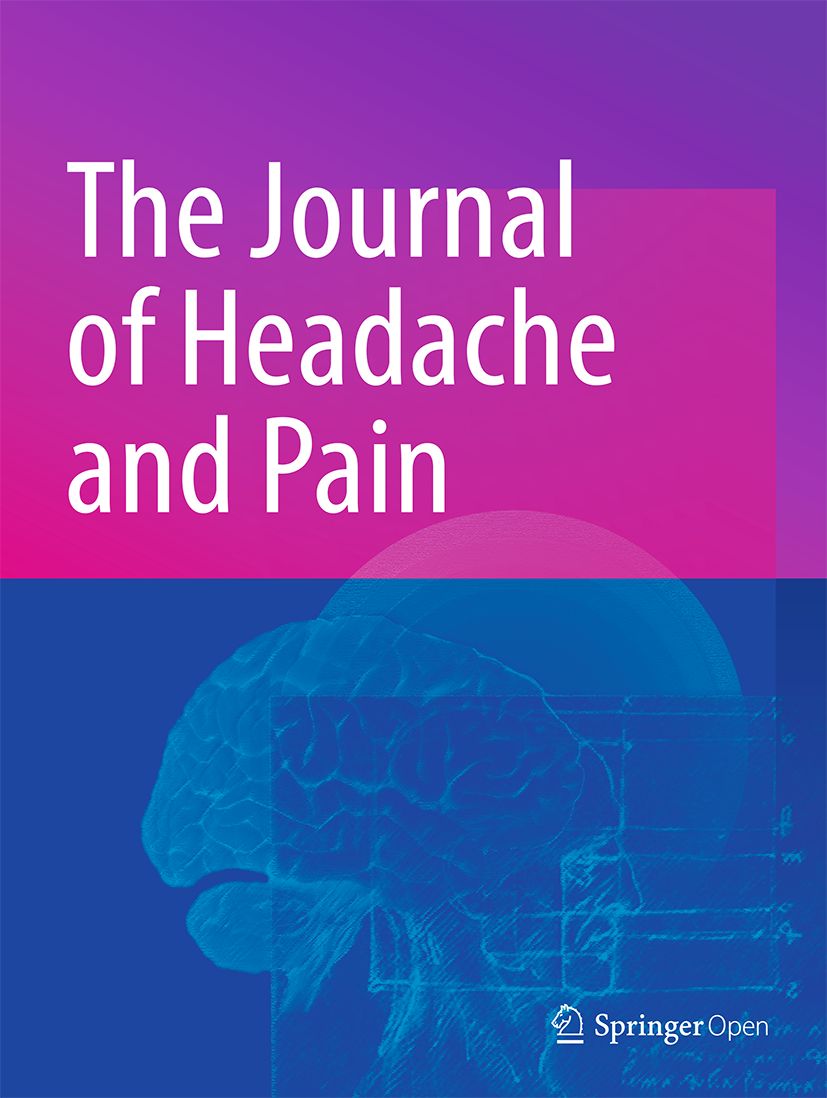
“Background: Central sensitization has been widely accepted as an underlying pathophysiological mechanism of chronic migraine (CM), activation of cannabinoid type-1 receptor (CB1R) exerts antinociceptive effects by relieving central sensitization in many pain models. However, the role of CB1R in the central sensitization of CM is still unclear.
Methods: A CM model was established by infusing inflammatory soup (IS) into the dura of male Wistar rats for 7 days, and hyperalgesia was assessed by the mechanical and thermal thresholds. In the periaqueductal gray (PAG), the mRNA and protein levels of CB1R and hyperpolarization-activated cyclic nucleotide-gated cation channel 2 (HCN2) were measured by qRT-PCR and western blotting. After intraventricular injection of Noladin ether (NE) (a CB1R agonist), ZD 7288 (an HCN2 blocker), and AM 251 (a CB1R antagonist), the expression of tyrosine phosphorylation of N-methyl-D-aspartate receptor subtype 2B (pNR2B), calcium-calmodulin-dependent kinase II (CaMKII), and phosphorylated cAMP-responsive element binding protein (pCREB) was detected, and central sensitization was evaluated by the expression of calcitonin gene-related peptide (CGRP), c-Fos, and substance P (SP). Synaptic-associated protein (postsynaptic density protein 95 (PSD95) and synaptophysin (Syp)) and synaptic ultrastructure were detected to explore synaptic plasticity in central sensitization.
Results: We observed that the mRNA and protein levels of CB1R and HCN2 were both significantly increased in the PAG of CM rats. The application of NE or ZD 7288 ameliorated IS-induced hyperalgesia; repressed the pNR2B/CaMKII/pCREB pathway; reduced CGRP, c-Fos, SP, PSD95, and Syp expression; and inhibited synaptic transmission. Strikingly, the application of ZD 7288 relieved AM 251-evoked elevation of pNR2B, CGRP, and c-Fos expression.
Conclusions: These data reveal that activation of CB1R alleviates central sensitization by regulating HCN2-pNR2B signaling in CM rats. The activation of CB1R might have a positive influence on the prevention of CM by mitigating central sensitization.”
https://pubmed.ncbi.nlm.nih.gov/37085778/
https://thejournalofheadacheandpain.biomedcentral.com/articles/10.1186/s10194-023-01580-7
